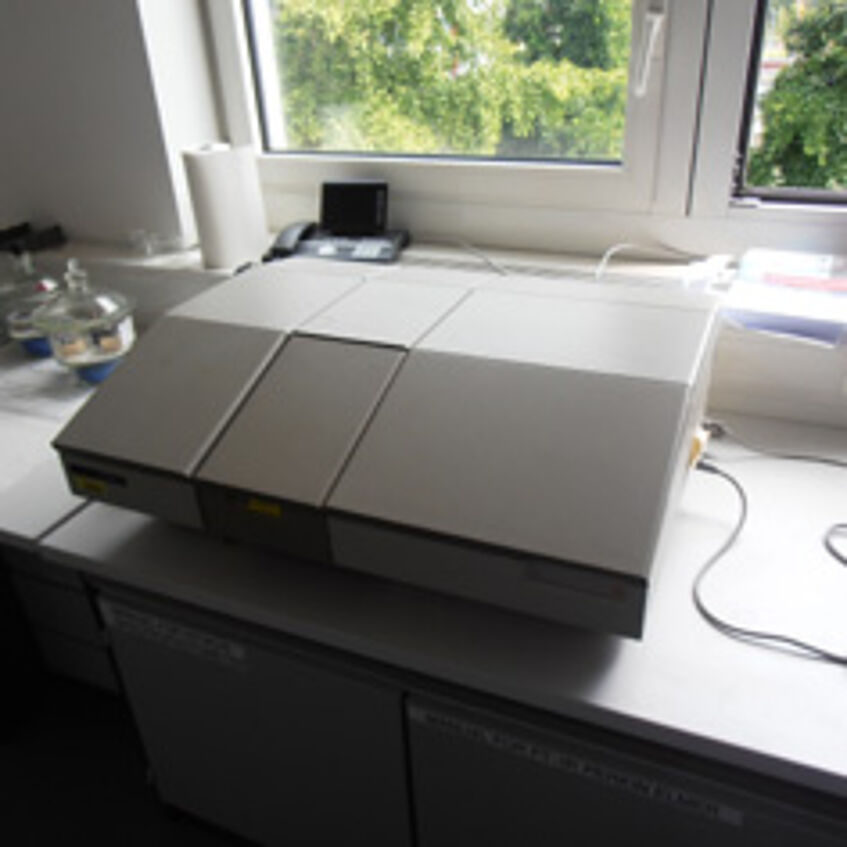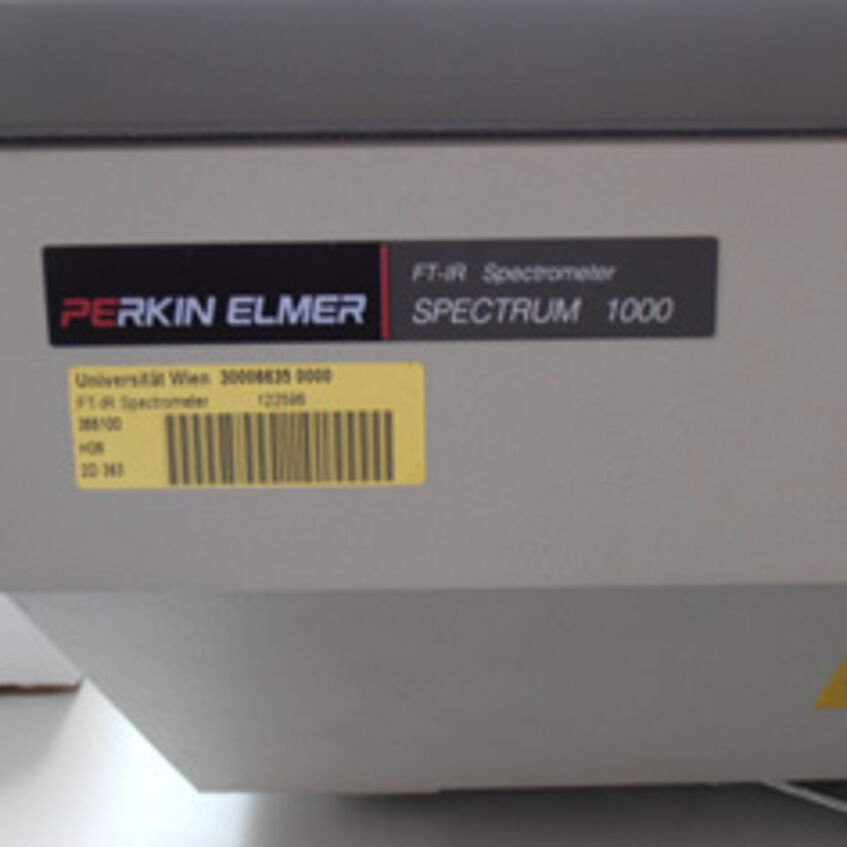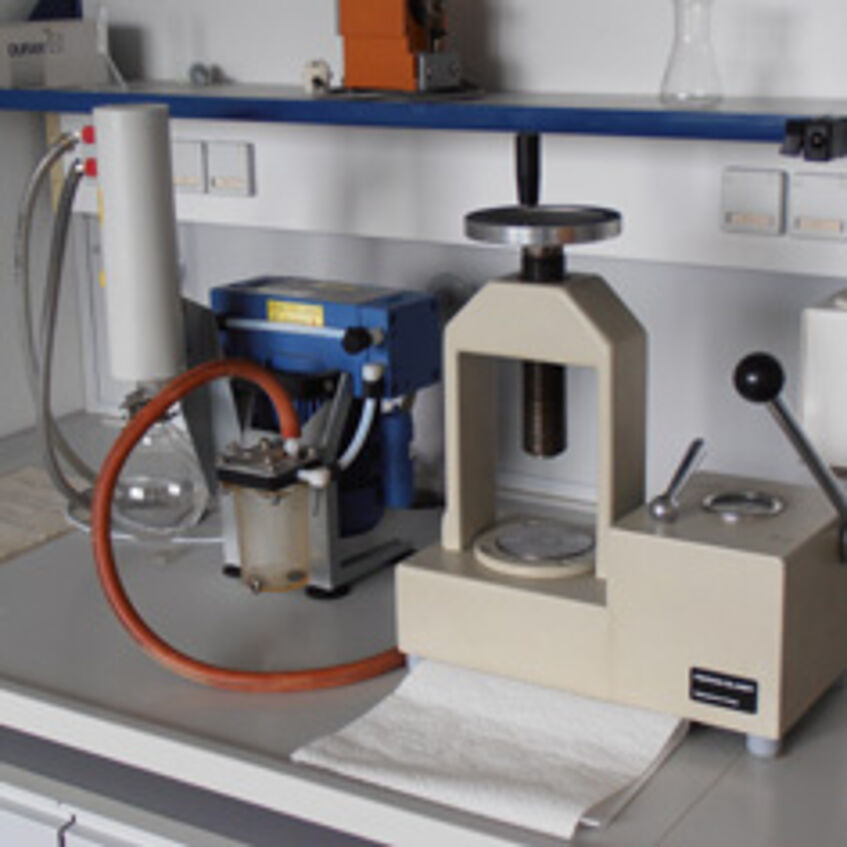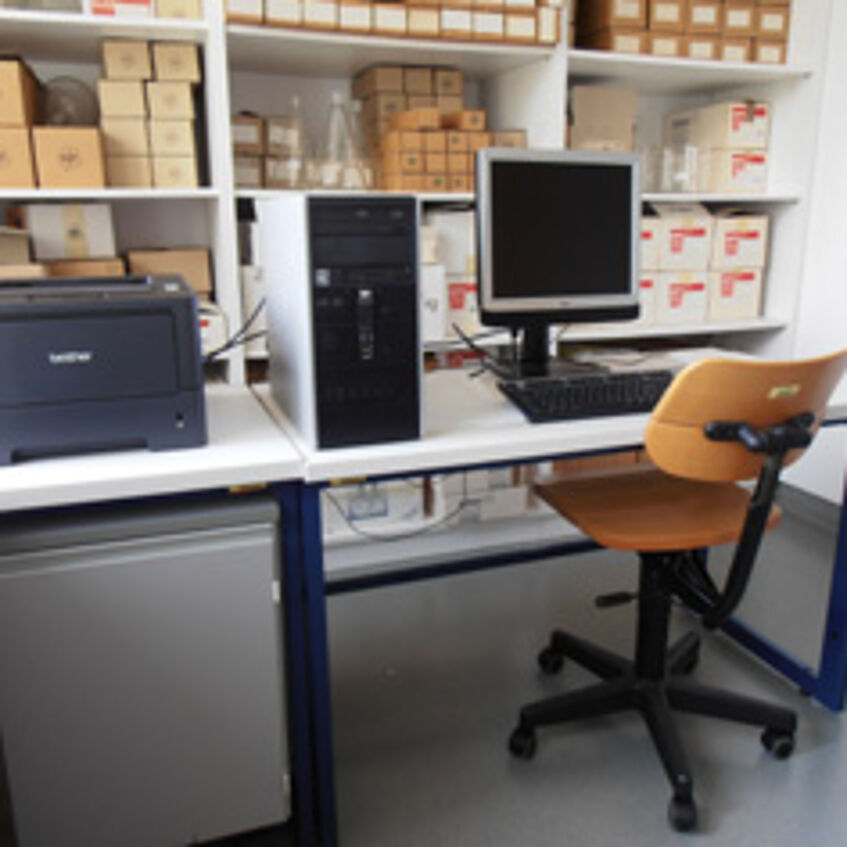IR Spectroscopy
Infrared Spectroscopy (IR spectroscopy) is the spectroscopy dealing with the infrared region of the electromagnetic spectrum, that is light with a longer wavelength and lower frequency than visible light. It covers a range of techniques, mostly based on absorption spectroscopy. As with all spectroscopic techniques, it can be used to identify and study pharmaceutical substances. For a given sample which may be solid, liquid, or gaseous, the method or technique of infrared spectroscopy uses an instrument called an infrared spectrometer (or spectrophotometer) to produce an infrared spectrum. A basic IR spectrum is essentially a graph of infrared light absorbance (or transmittance) on the vertical axis vs. frequency or wavelength on the horizontal axis. Typical units of frequency used in IR spectra are reciprocal centimeters (sometimes called wave numbers), abbreviated as cm−1. Units of IR wavelength are commonly given in microns, abbreviated as μm, which are related to wave numbers in a reciprocal way. A common laboratory instrument that uses this technique is our Fourier transform infrared (FT-IR) spectrometer.
Contact and Support:
Dr. Daniela Digles (Scientific Support)
Ing. Claudia Raming (Technical Support)
FOI Erich Moellner (Technical Support)




